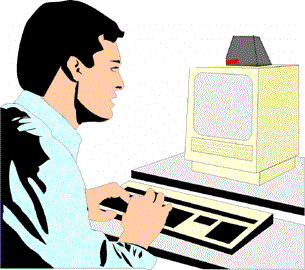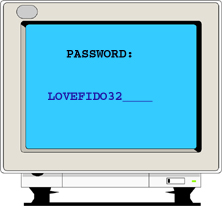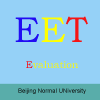-
Security for On-Line Testing
普通类 -
- 支持
- 批判
- 提问
- 解释
- 补充
- 删除
-
-
Security for On-Line Testing
CHEATING ON-LINE. Distance Education has an extra challenge associated with it, how do we know the person who is taking the test is actually the person enrolled in the training or the education course the institution is providing? This entry will discuss current practices and future new technologies that deal with testing security.-
On-Line Courses
Distance education allows for the teaching of subject matter with neither time nor geographical barriers. It is very convenient for the individual who can avoid a 120 mile commute to learn Basic Economics or any subject matter. A very important challenge from the institutions point of view is the security of test taking.-
Current practice
Current Practices
Current practices include passwords to access Websites, timed tests online and finally proctors at designated sites that monitor the students while they take a test. The latter one defeats the purposes of distance education, namely convenience.
The problem with passwords is an obvious one, an individual may give his/her password to someone who is knowledgeable about the topic, and that individual will take the test for them. The same goes for timed tests. None of these practices is very secure. How many dishonest individuals are taking advantage of this lack of security is anybody's guess. Jeanne M. Wilson, president of the Center for Academic Integrity, which is affiliated with Duke University, says the growth of on-line education makes it harder to be sure that the student who gets the credit is the student who did the work. (Carnevale, 1999)Future Technology
Digital body signatures are what the future will bring to solve the problem. Biometrics, or readings of the human body is the technology the promises to solve the security of testing on-line.
A laser iris reader would prevent cheating.
A laser reader that continuously checks the iris of the individual would eliminate some of the security problems. "I think it's clear that , digital signatures are the technology of the future" said Charles Rutsein, an analyst with Forrester Research in Cambridge, Massachusetts. Currently a face recognition system is in use in automated check-cashing machines. When an individual enrolls in the service, a machine takes a picture of the face, this file is then compared with the individual's file when they want to cash a check. (Plitch, 1999).-
More Information
Carnevale, Dan. "How to Proctor from a Distance." The Chronicle of Higher Education. (12 Nov. 1999) You'll need to register a this site.
Plitch, Phyllis. "Digital body signatures becoming top choice for secure identification" Union Tribune (23 Nov. 1999)-
Author
Jose Esteban, MA. -
-
- 标签:
- digital
- security
- current
- education
- individual
- line
- future
- testing
- body
- practices
- signatures
- 1999
-
加入的知识群:




学习元评论 (0条)
聪明如你,不妨在这 发表你的看法与心得 ~